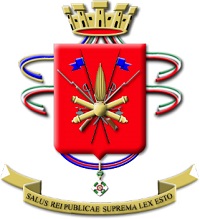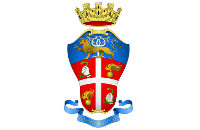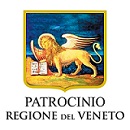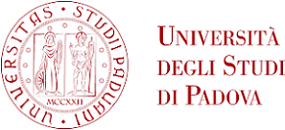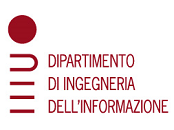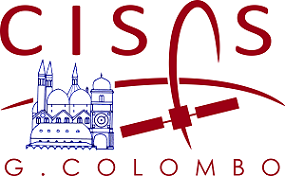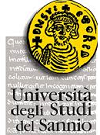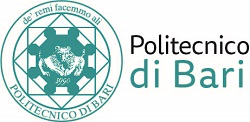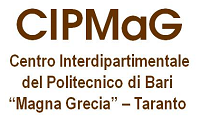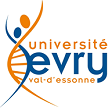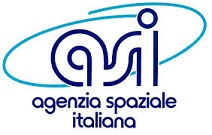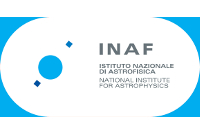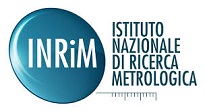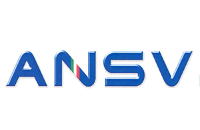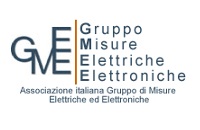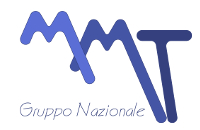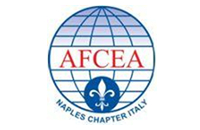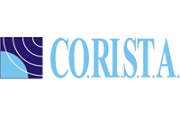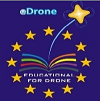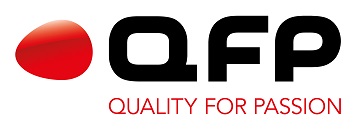 SPECIAL SESSION
SPECIAL SESSION 
 Quality measurement techniques for critical software systems
Quality measurement techniques for critical software systems
CHAIRS
- Massimo Tipaldi, OHB System AG/CGS Spa, Germany;
- Bernhard Bruenjes, OHB System AG/CGS Spa, Germany.
ABSTRACT
Nowadays on-board software applications play a relevant role in the implementation of challenging requirements of space systems (e.g. on-board autonomy and fault management) and during their operational life. It is hard to establish a proper tradeoff between achievable SW product quality with a particular technique and the costs required for achieving it. The situation is even worse in the case of integration of existing SW within a safety critical system to be certified. The goal of this Special Session is to provide a forum of researchers, industrial software/system engineers and project manages wherein to foster knowledge exchange on critical software system, especially in the area of the evaluation/measurement of their provided services, SW quality metrics and static verification methods. Contribution from different sectors are encouraged, e.g. transportation, medical and aerospace areas. Authors can provide original contributions in this filed which can cover, but not only, the following aspects:
- SW quality metrics definition
- Software functional and structural quality measurement
- SW static verification methods (e.g. SW RAMS analysis and SW schedulability analysis)
- SW Model-based design and certification of existing CTOS SW
- SW test results analysis and tools
- SW criticality evaluation and related SW development process definition.
ABOUT THE ORGANIZERS
 Massimo Tipaldi is Space System Software Project Manager at CGS S.p.A./OHB System AG, and he is currently working in the MeteoSat Third Generation Satellite Project at OHB System AG. He worked more than two years as Software (SW) Procurement Manager in the Galileo full operational capability satellite (GalileoSat FOC) program and was responsible for the GalileoSat FOC packet utilization standard tailoring process.
Massimo Tipaldi is Space System Software Project Manager at CGS S.p.A./OHB System AG, and he is currently working in the MeteoSat Third Generation Satellite Project at OHB System AG. He worked more than two years as Software (SW) Procurement Manager in the Galileo full operational capability satellite (GalileoSat FOC) program and was responsible for the GalileoSat FOC packet utilization standard tailoring process.
He has 15 years of experience in the managerial and technical coordination of ESA/ASI/Centre National d’Etudes Spatiales SW projects (satellite systems, experimental equipment for the International Space Station, and ground segments) and has led small/medium sized teams. Before joining the space business, he worked as Software Engineer in different sectors, such as automotive and the transportation systems.
Mr. Tipaldi has a M.S. degree in computer science engineering, with specialization in automation and control systems from the University of Sannio, where he is currently attending a Ph.D. program focusing on spacecraft fault management and agent-based autonomy in space. His research interests also include time and space partitioning, onboard SW reference architecture, electrical power control systems, advanced system control techniques, SW formal verification approaches, SW development processes and approximate dynamic programming. He is the author or co-author of more than 15 papers published on international conferences and journals.
 Bernhard Bruenjes is the Head of the Software Department at OHB System AG. He has occupied this position for the past 18 years. In that time, he has conducted and overseen software development activities for a variety of projects, mainly in the area of satellite systems or experimental equipment for the International Space Station. The categories of software products developed in this context are embedded and flight software, software for test facilities (electrical ground support equipment, special check out equipment), satellite reference databases, satellite simulators, software verification facility (SVF) applications, and ground control software.
Bernhard Bruenjes is the Head of the Software Department at OHB System AG. He has occupied this position for the past 18 years. In that time, he has conducted and overseen software development activities for a variety of projects, mainly in the area of satellite systems or experimental equipment for the International Space Station. The categories of software products developed in this context are embedded and flight software, software for test facilities (electrical ground support equipment, special check out equipment), satellite reference databases, satellite simulators, software verification facility (SVF) applications, and ground control software.
Mr. Bruenjes obtained his Dipl.-Ing. from the Hochschule Bremen in 1983 after studying electrical engineering and information technology. Since then, he has worked as an electronics and software developer for several companies in the fields of communication systems, computer technologies, and automotive systems. He joined OHB System AG in 1991, and he has since worked on software engineering disciplines as concept and architecture definitions, team organization and leadership, as well as the software development tool chain and related methodology implementation. He has special interests in standardized software architectures and building blocks, future onboard computer architectures, and innovative data and control bus systems for space applications.


 PROMOTED BY
PROMOTED BY




